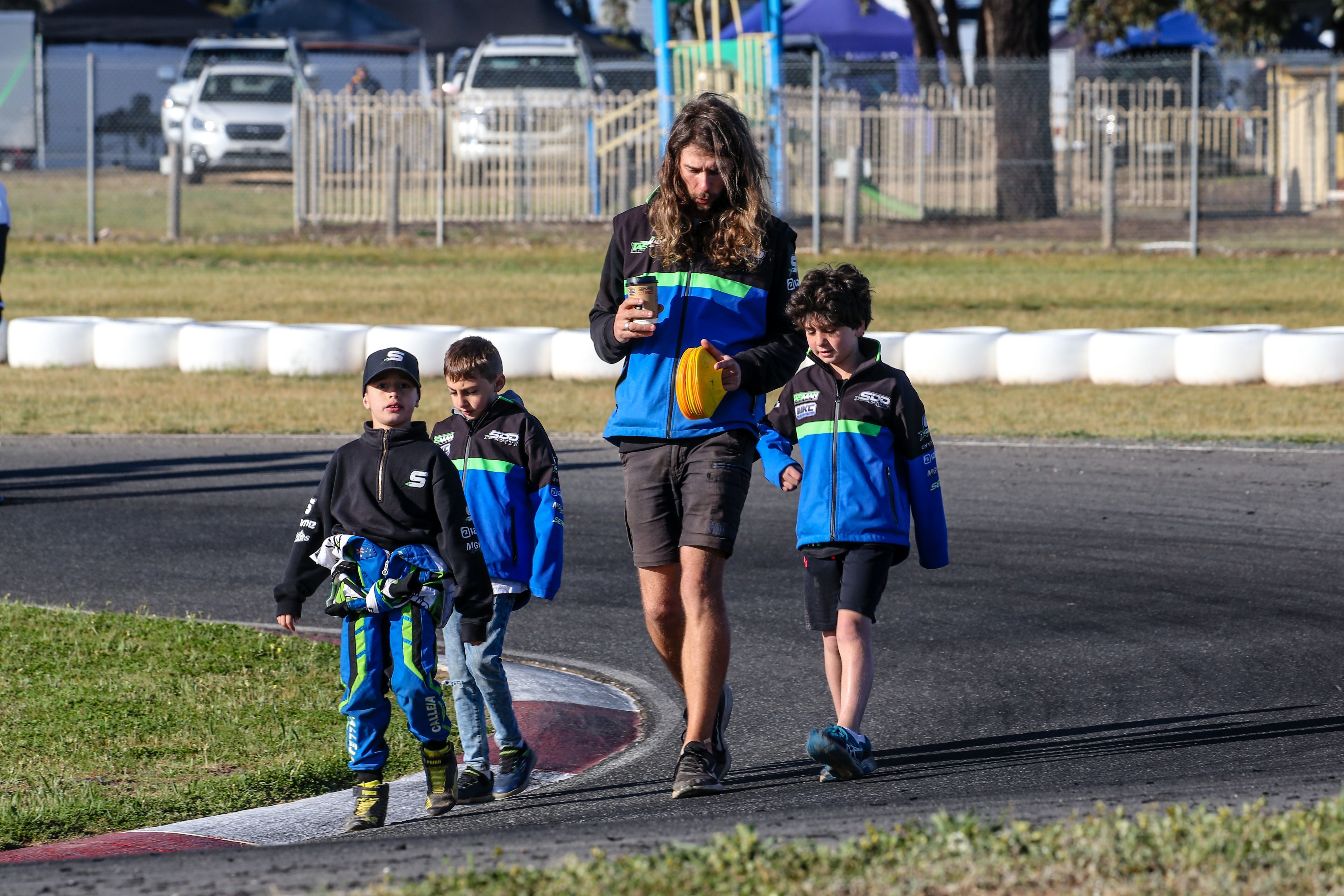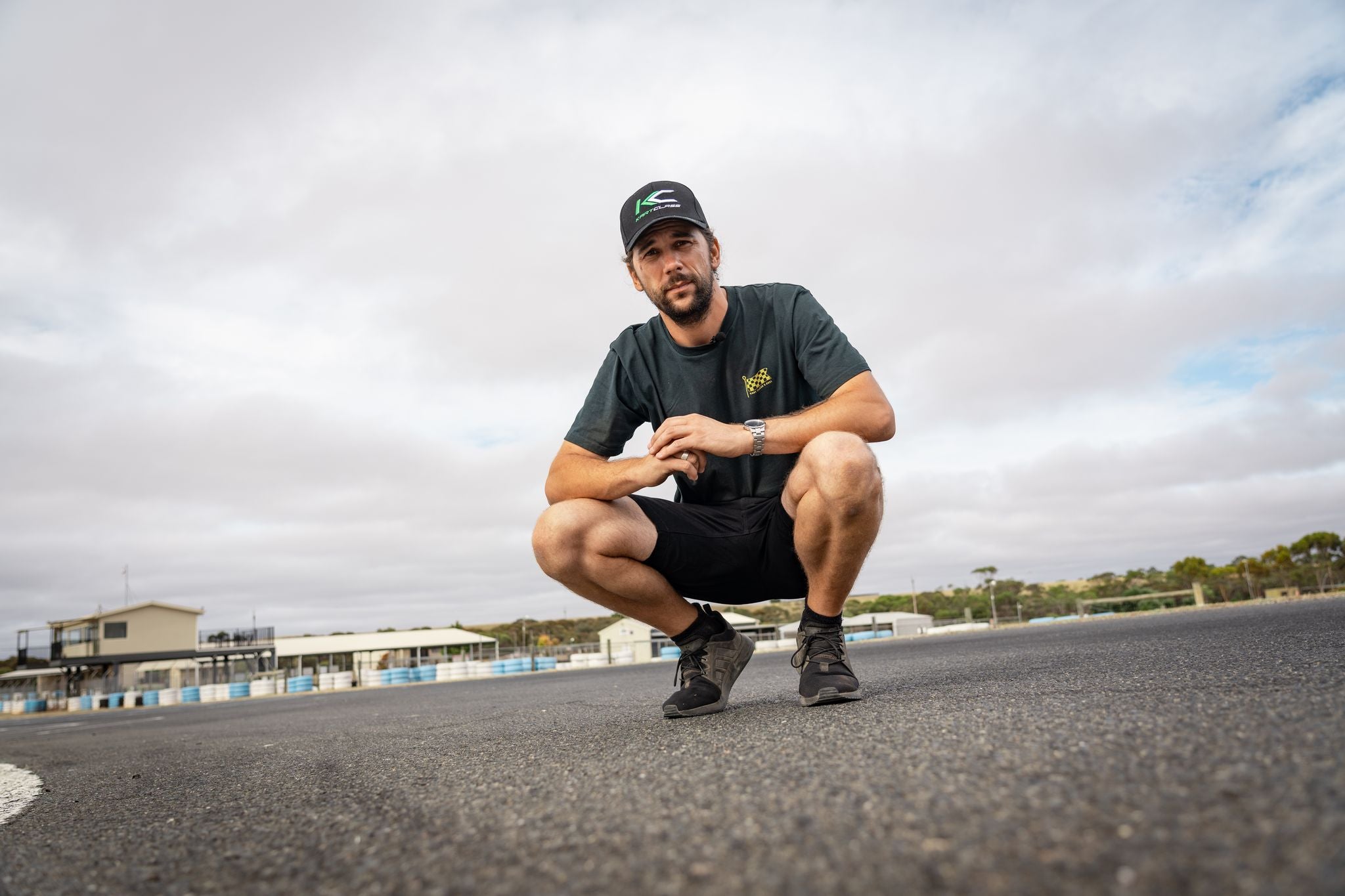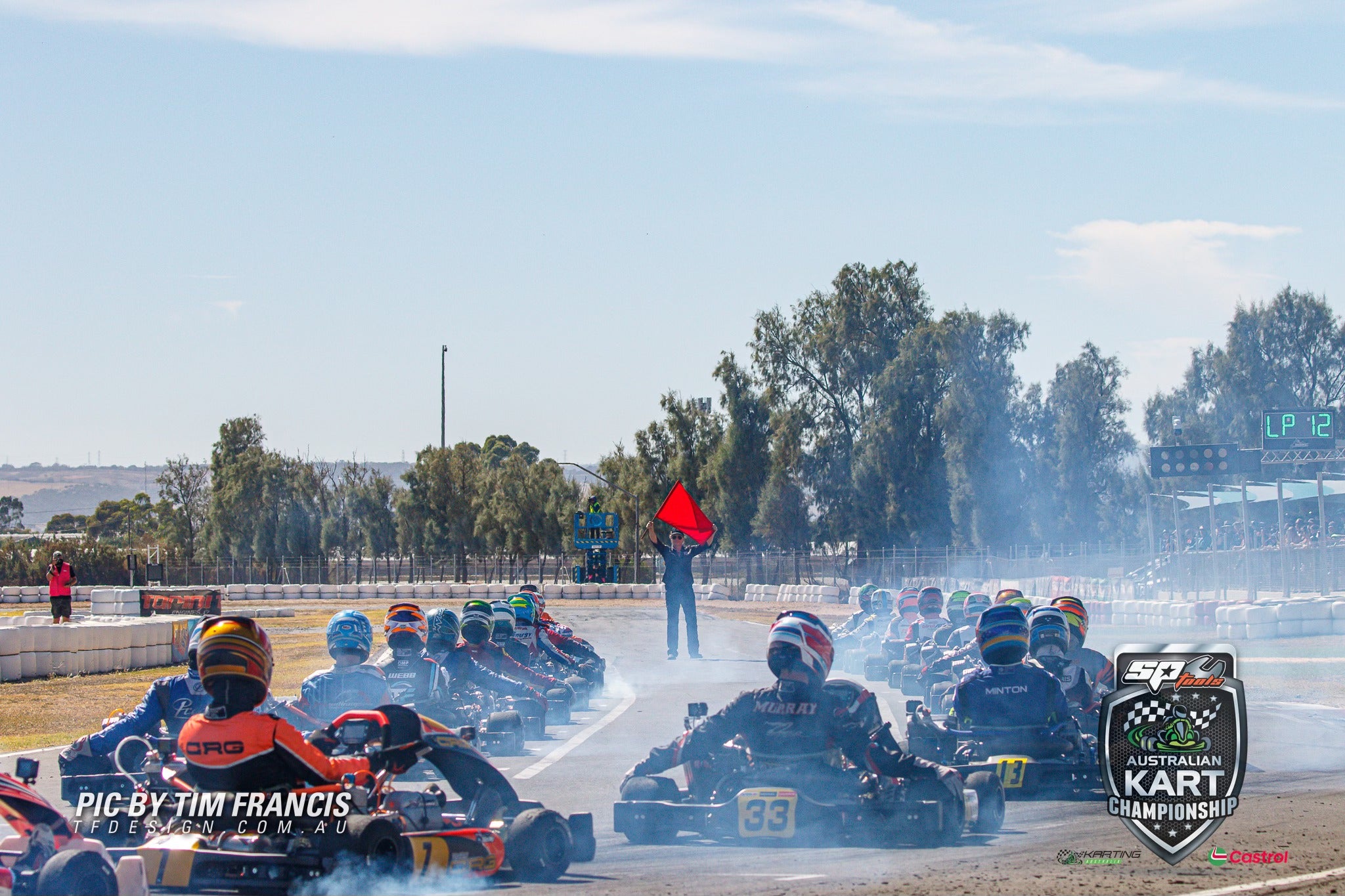Go-kart racing is a challenge. This is especially the case when weather conditions come into play during races. Depending on how a driver sets up their kart, this can give one driver an advantage on track compared to their competition. In this comprehensive guide, we’ll delve into the intricacies of optimizing your go-kart setup whether it is for dry or wet weather racing.
-
Dry Weather
When the sun is shining and the track is dry, go-karting takes on a whole new level of excitement. In these conditions, go-karts are pushed to their limit. Here, the focus is on maximizing grip and speed while maintaining stability through corners. Here’s how you can fine-tune your go-kart for optimal dry track action
Starting off with tire pressures, it is often best for the pressures to be on the lower end as this improves grip over a race distance. However, it is important not to forget that temperature plays a part as well. If the weather is cool, slightly increase the temperatures as this can help generate heat in the tires and switch them on quicker. On the other hand, lower tire pressures are optimal in hot weather in order to prevent the tire from falling apart, degrading quickly, and overheating. Adjusting the chassis is also important as this can affect the kart’s responsiveness.
Keep the seat height flush with the chassis in most instances. Having it lower will give you less grip and can cause you to slide, but will be required for taller drivers and when the track is rubbered in. On the other hand, having the seat too high gives the kart too much grip which can lead to understeer and an imbalance.
On the subject of seat position, this is entirely subjective. To keep it short, having the seat forward gives more turn-in on entry, but can make the kart slippery on exiting corners. When the seat is set more back, the opposite happens. The kart struggles with initial turn-in, but begins to grip up better mid-corner and exit. Good for harder compound tyres and in slippery conditions.
Make sure to also dial in the camber and toe settings to maximize tire contact and cornering efficiency. While not definitive, a slight negative camber can help improve cornering grip. But if the driver is looking for more turn in for the wet, increase the toe-out in the front end.
-
Wet Weather
If one thing is for certain in motorsports, it’s that legends are made in rainy conditions. This can be seen in none other than 7-time F1 World Champions Lewis Hamilton and Michael Schumacher, both of which being hailed as rainmasters. As much as it is fun to push the limits of go-karts in the dry, learning to handle them in the wet as they slip and slide across the track is just as important. Wet weather racing requires a different approach to setup and driving technique to maintain control and stability on slippery surfaces. Here are some of the changes you can make
Starting off with tire pressures, it is recommended that the driver must slightly increase tire pressures. Doing so can help maintain stability and prevent aquaplaning. The latter happens when the tire loses contact with the ground and instead is going over a ton of standing water which can reduce grip and stability.
For the chassis, a softer chassis setup is recommended as this can help maximize kart flex which generates grip in slippery conditions. Side pods, front crash bar, seat bracket mounts are all examples of things a mechanic & driver can adjust.
For camber and toe, a neutral or slightly positive camber is more favored as this once again helps maximize the tire’s contact patch and gives additional grip for slippery surfaces. If the driver is looking for more stability, toe-out settings can enhance turn-in and cornering stability, which is really needed in the rain as drivers often struggle with understeer in the wet. Adding caster will also put more load in the tires, and help increase the chances of the inside rear wheel lifting and turning.
Starting with seat height, having a higher seat height increases grip, something that is very much absent in the wet. Therefore, having a high seat height can compensate for this lack of grip. But an alternative is to place something underneath the driver, (padding, seat insert) to lift the driver by 10-25mm.
And that concludes our article on dry versus wet weather conditions, and how to set up your go-kart accordingly. Keep in mind however that setting up is one thing, and driving is another. Furthermore, there are many elements beyond just the setup of a go-kart that can separate you from the competition.
To help, Kart Class has the ideal program for you! Led by 18-time Australian kart champion David Sera, the Kart Class Setup Program will teach you the core foundations of setting up a kart in all conditions, which when mastered, will take your driving to the next level!


